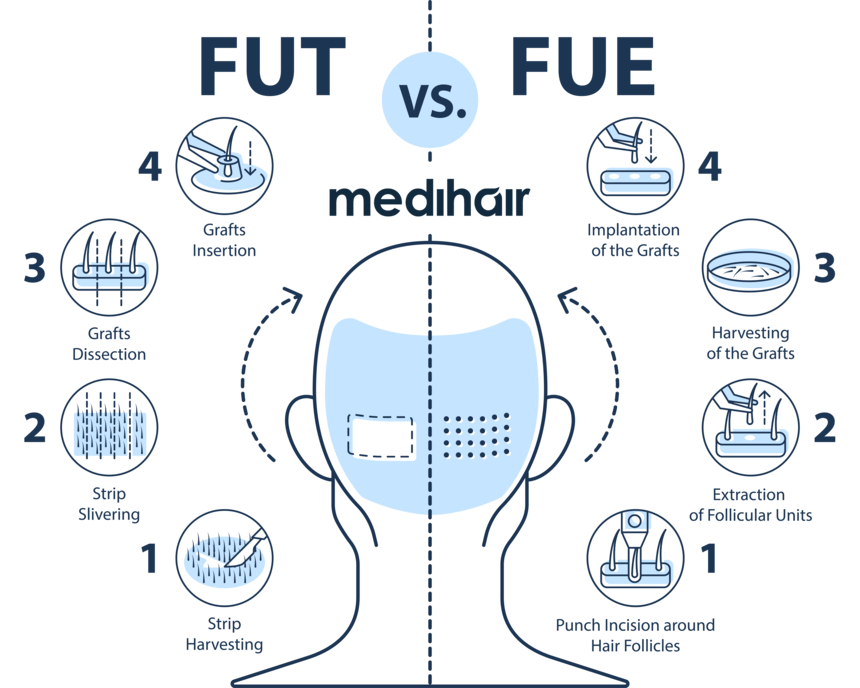Afro Hair Transplant

 Despite being curly, thick, and dense, Afro hair is just as susceptible to breakage as straight hair. A hair transplant is one of the best ways to treat hair loss in afro hair for both men and women. Read on to learn all about hair transplants for afro hair including hair types, transplant techniques, and challenges.
Despite being curly, thick, and dense, Afro hair is just as susceptible to breakage as straight hair. A hair transplant is one of the best ways to treat hair loss in afro hair for both men and women. Read on to learn all about hair transplants for afro hair including hair types, transplant techniques, and challenges.
In a Nutshell
| Afro Hair Types | Curly, Wavy, Straight |
| Afro Hair Transplant Methods | FUE, FUT, DHI |
| Duration | 3 - 8 hours |
| Side Effects | Swelling, Redness |
| Cost | 2,500 - 9,000 USD |
| Where | US, UK, Turkey... |
- Free
- Fast
- Non-binding
| Criteria | Afro Hair | Straight Hair |
Curls | Characterized by tight curls that are very difficult to straighten even after combing. | Naturally resistant to curls or waves. |
Breakage | Hair strands may seem thicker but are more fragile and brittle, making them prone to breakage, especially while brushing. | Might be less prone to breakage than afro hair as it is less brittle and frizzy. |
Growth | Grows slowly at only 0.9 cm per month. Slower growth than straight hair. | Growth rates for straight Caucasian and Asian hair are 1.2 cm a month and 1.3 cm a month respectively. |
Roots | Tends to twist and curl at the roots, sometimes even below the skin. | The roots and ends are both straight. Even most wavy hair is straight at the roots. |
Density | High-density, thick and voluminous hair. | Less density and volume than afro hair. |
Frequently Asked Questions
How much does an afro hair transplant cost?
What is the best method for an afro hair transplant?
How long does a hair transplant last?
What is special about an afro hair transplant?
Sources
